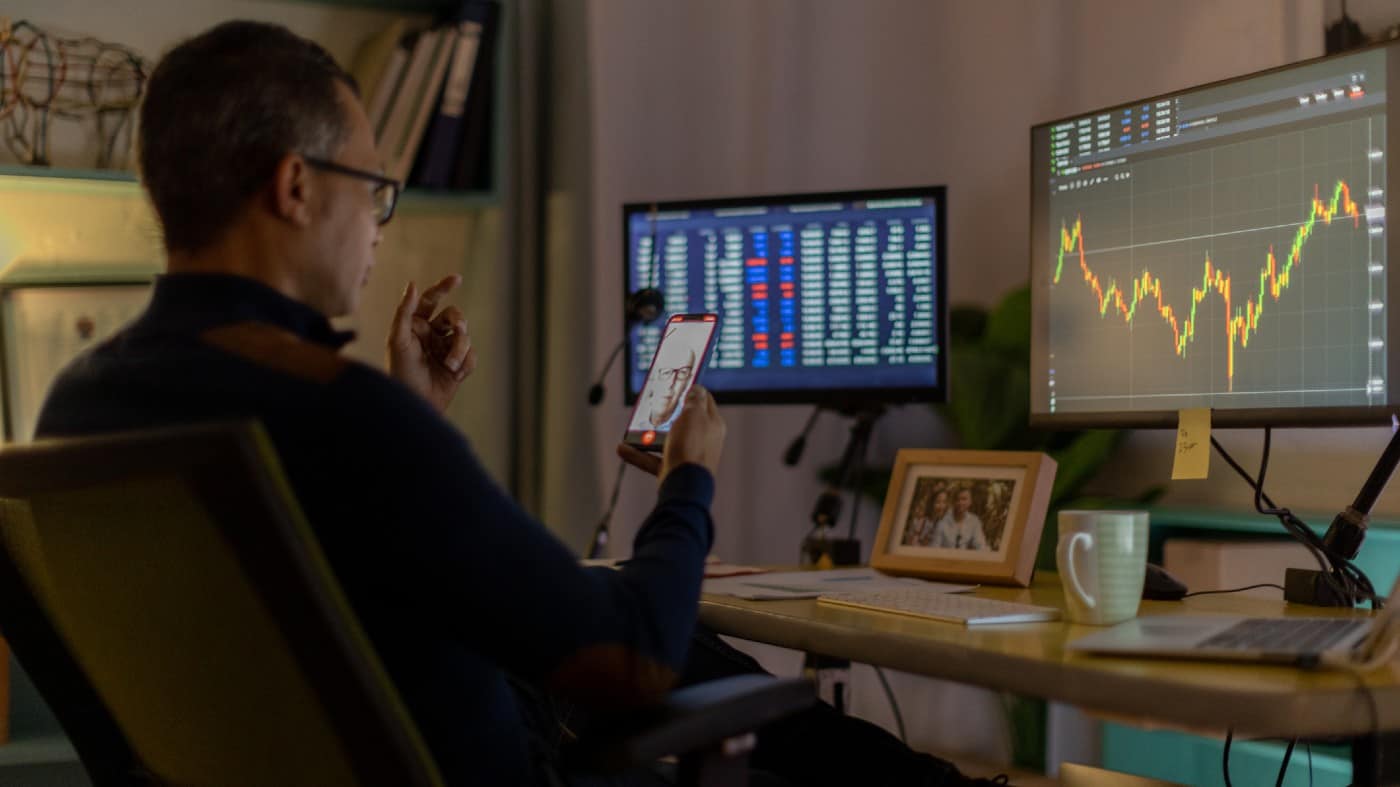For my self-invested personal pension (SIPP), I’ve always looked for UK shares that I think are great value for the long term.
And I reckon it’s a long time since I last saw so many FTSE shares selling at such cheap prices as now. So what’s on my list of buy candidates for when I next have the cash to invest?
Almost a crime
I can’t ignore Barclays (LSE: BARC) shares, which look almost criminally cheap to me.
Sure, we have super-high inflation. And folks expect the banks to suffer with big bad-debt impairments this year.
Oh, and Barclays is exposed to the US with its international banking business, and a lot of bears are predicting a stock market crash over there.
So yes, there are things that could hold Barclays shares back, or maybe even send them lower.
But come on, we’re looking at a forecast price-to-earnings (P/E) ratio of only 4.8 now. That’s only about a third of the long-term FTSE average, and it’s for a company offering more than 5% in dividends.
Will Barclays shares be worth more by the time I retire? I think so.
Go for growth
My second pick, Scottish Mortgage Investment Trust (LSE: SMT), is quite different.
It buys mainly US high-tech growth stocks. That means things like semiconductor leaders ASML and Nvidia, electric vehicle maker Tesla, and pharma developer Moderna.
Those are on the Nasdaq index, which, at times, has been home to the most overvalued stocks on earth.
But it fell hard from its peaks of late 2021. Since the start of 2023, it has been picking up, though.
Yet I still think US tech stocks are in an undervalued phase. Now, if there is a US crash, I expect them to become even more undervalued. But again, in a SIPP (or an ISA), I’d be buying for retirement day, not for next year.
Oh, and Scottish Mortgage shares trade at a discount of 19% to their underlying asset value. So they’re on special offer now too.
Gas bags
National Grid (LSE: NG.) looks better to me now than it has for some time.
There’s a problem, though.
As well as the electricity grid that it’s named after, the company also operates the gas distribution network. And the days are surely numbered there.
When fossil fuels end, so will part of National Grid’s business. So yes, there could be bumpy times ahead.
But all those new renewable thingies that will replace oil and gas will generate electricity, and someone has to distribute it. Right now, National Grid is the only game in town.
The P/E of 14 is close to FTSE 100 average. But for a monopoly with clear earnings visibility, I think that’s cheap. And a forecast dividend yield of 5.6% looks tasty too.
Buy them?
Whether I buy these three depends on how they look when I’m ready for my next investment. But they’re on my shortlist.








